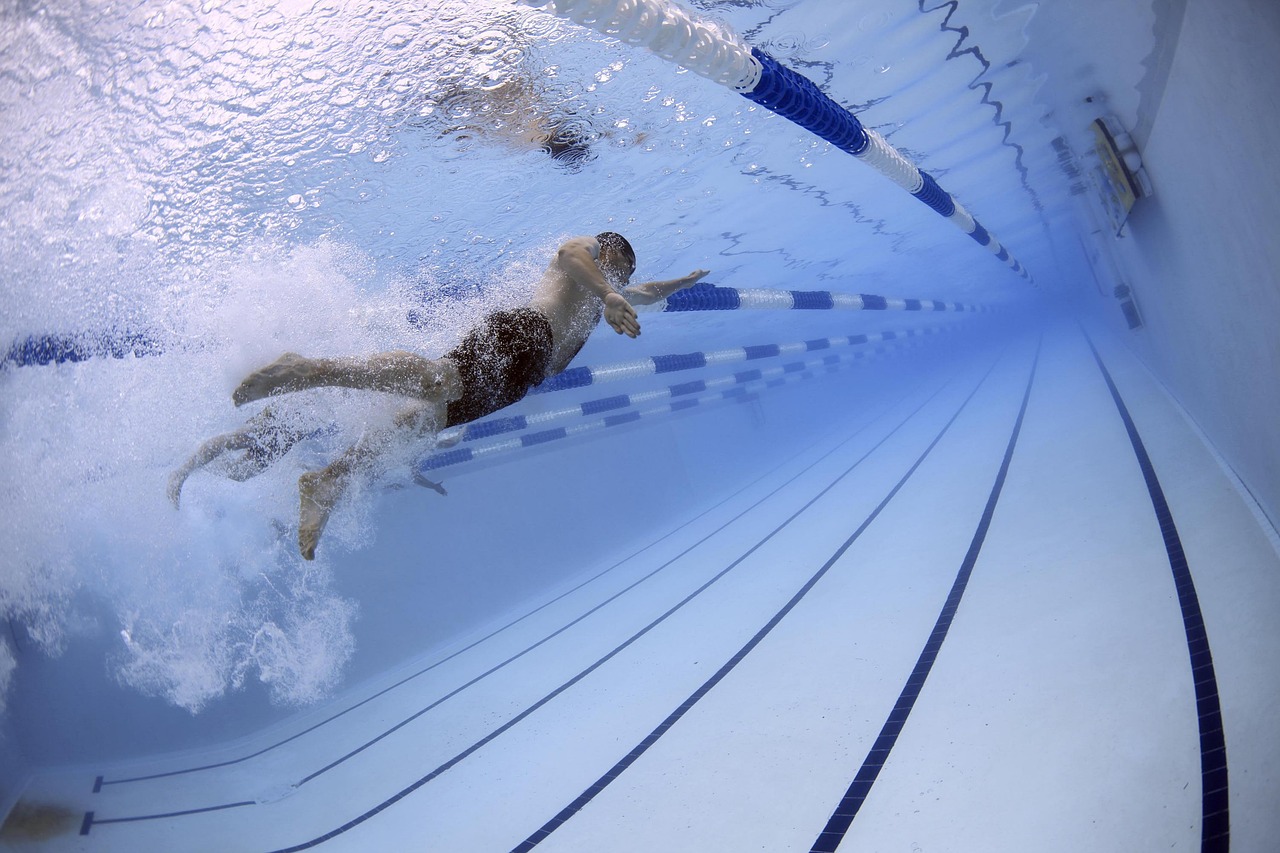
Conditioning for Competitive Swimmers
Conditioning for competitive swimmers seeks to build core muscle strength in the gym and transform this into improved performance in the pool. My interest in it was sparked by my daughter, she’s an avid swimmer and I’m training her to compete. Not only has this been a bonding experience and an opportunity for me to share my passion for sport with her, it has also led me to develop my skills as a coach. I have spent countless hours researching conditioning for competitive swimming and I’m now ready to offer my services to a broader audience.
Why train in a gym to perform in the pool?
To be successful, swimmers must work on 3 key areas: their maximum strength, which is the single largest force that they can produce (e.g. heaviest bench press weight); their strength endurance, i.e. how long they can swim at a certain level; and their peak power. These areas overlap and influence each other, so it’s important to consider all of them when devising a competition preparation programme.
Anyone who swims competitively will spend countless hours training in the pool, so what can the gym offer on top of this? And how does it help with the 3 key areas? In answering these questions, our starting point is to note is that gym training does not seek to copy swimming motions on dry land. Rather, by focusing on conditioning the muscle groups that are engaged during swimming, the result is a more powerful body that can perform better in the pool.
Building Strength
Swimming alone can’t build up the same degree of strength as can be harnessed by including conditioning sessions because there is a limit as to how much can be gained from repeatedly doing the same movements. As basic biology tells us, muscles need to be put under pressure in order for them to grow. In a gym, this can be achieved by adding more weight to the equipment; the pool doesn’t offer a comparable means of targeting muscles.
The strength that conditioning builds up supports the key area of maximum strength, which also positively affects strength endurance and peak power. Altogether, this makes for a better and more powerful swimmer.
What to expect
Before commencing training, I record an individual’s stats and tailor a conditioning programme to suit their ability, age, competitive level, swim event, and their goals. This will be discussed in detail with the client to ensure that they are comfortable with the plan and that they understand how training will operate.
When coaching swimmers, I focus on building strength in the latissimus dorsi, pectoralis major and quadriceps muscle groups as these are the ones that’re most engaged when performing propulsive swimming motions. Training sessions will work on 3 exercises specific to these regions, which are chin ups, bench presses, and back squats. Weights will be used when performing these to increase the stress and strain that is necessary for muscle growth.
Now for the tough question, how much strength should a swimmer seek to build? There are no easy answers to this. Everything will hinge on the conditioning programme and the individual client’s commitment to strength training. The latter can change over time, especially as the results begin to influence performance in the pool. However, a saturation point will occur where the return on effort delivers diminishing reward. When that stage is reached, it is up to the client to decide whether to keep forging ahead or to enter a strength maintenance programme.
